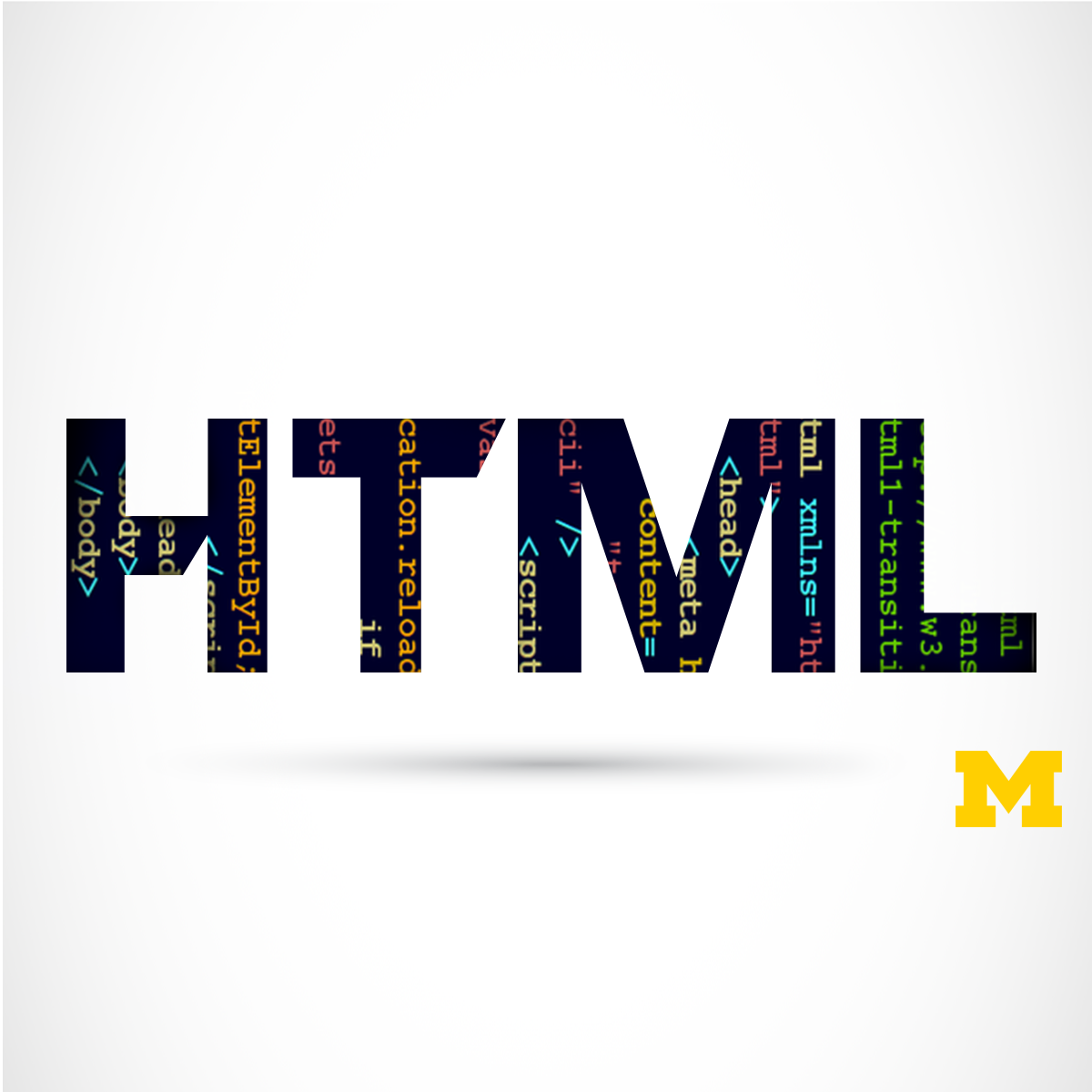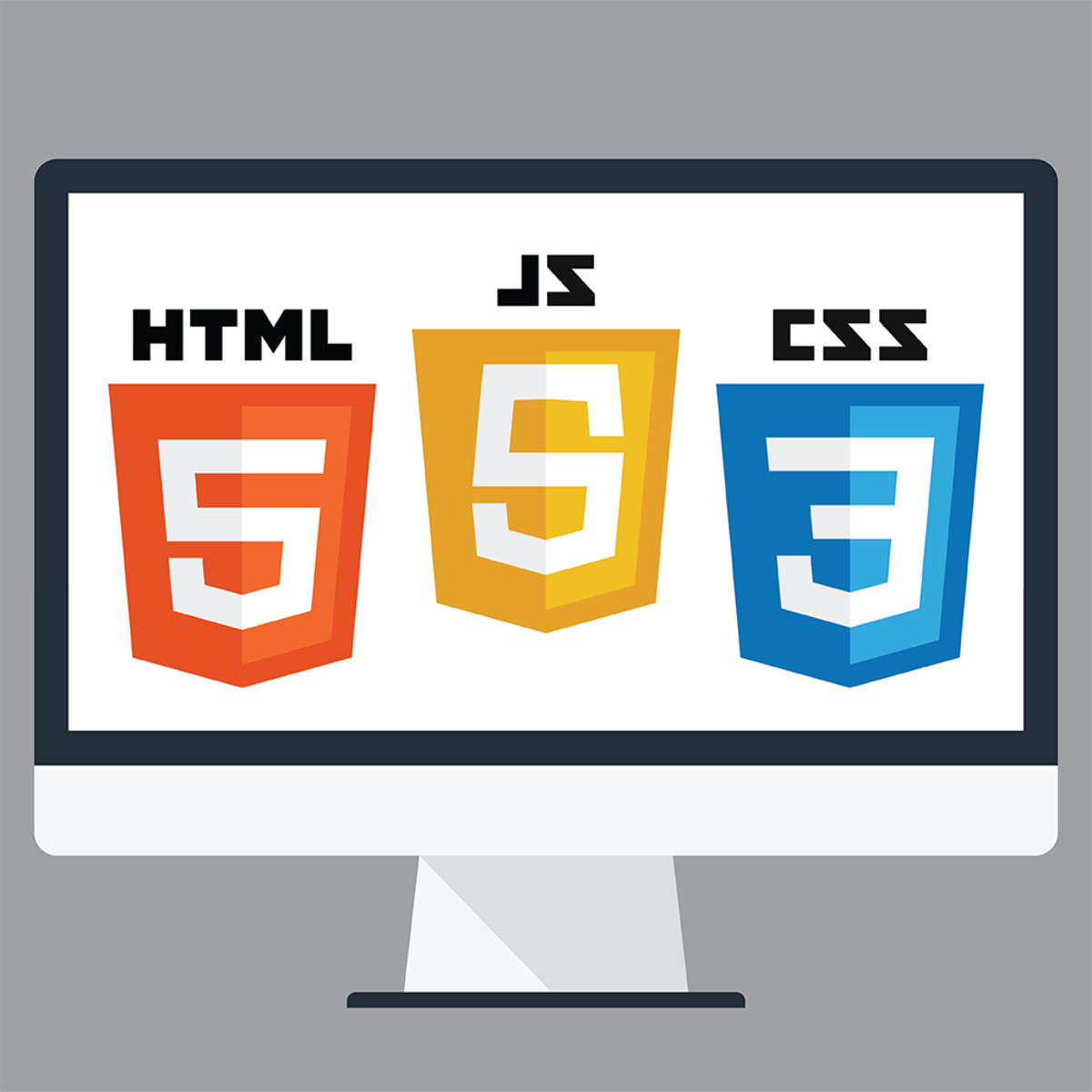Meta Front-End Developer Professional Certificate Course Overview
Want to get started in the world of coding and build beautiful websites as a career? This 9-course program, designed by the software engineering experts at Meta, will prepare you for a career as a front-end developer.
Once you complete the program, you’ll get exclusive access to the Meta Career Programs Job Board—a job search platform that connects you with 200+ employers who have committed to sourcing talent through Meta’s certificate programs and career support resources to help you with your job search.
In this program, you’ll learn:
- Code and build interactive web pages using HTML5, CSS and JavaScript.
- In-demand design skills to create professional page layouts using industry-standard tools such as Bootstrap, React, and Figma.
- GitHub repositories for version control, content management system (CMS) and how to edit images using Figma.
- How to prepare for technical interviews for front-end developer roles.
By the end, you’ll put your new skills to work by completing a real-world project where you’ll create your own front-end web application.
Any third-party trademarks and other intellectual property (including logos and icons) referenced in the learning experience remain the property of their respective owners. Unless specifically identified as such, Coursera’s use of the third-party intellectual property does not indicate any relationship, sponsorship, or endorsement between Coursera and the owners of these trademarks or other intellectual property.
Applied Learning Project
Throughout the program, you’ll engage in hands-on activities that offer opportunities to practice and implement what you are learning. You’ll complete hands-on projects that you can showcase during job interviews and on relevant social networks.
At the end of each course, you’ll complete a project to test your new skills and ensure you understand the criteria before moving on to the next course. There are 9 projects in which you’ll use a lab environment or a web application to perform tasks such as:
- Edit your Bio page—using your skills in HTML5, CSS and UI frameworks
- Manage a project in GitHub—using version control in Git, Git repositories and the Linux Terminal
- Build a static version of an application—you’ll apply your understanding of React, frameworks, routing, hooks, bundlers and data fetching.
At the end of the program, there will be a Capstone project where you will bring your new skillset together to create the front-end web application.
Course Syllabus
Introduction to Front-End Development
Welcome to Introduction to Front-End Development, the first course in the Meta Front-End Developer program.
This course is a good place to start if you want to become a web developer. You will learn about the day-to-day responsibilities of a web developer and get a general understanding of the core and underlying technologies that power the internet. You will learn how front-end developers create websites and applications that work well and are easy to maintain.
You’ll be introduced to the core web development technologies like HTML and CSS and get opportunities to practice using them. You will also be introduced to modern UI frameworks such as Bootstrap and React that make it easy to create interactive user experiences.
By the end of the course, you will be able to:
- Describe the front-end developer role
- Explain the core and underlying technologies that power the internet
- Use HTML to create a simple webpage
- Use CSS to control the appearance of a simple webpage
- Explain what React is
- Describe the applications and characteristics of the most popular UI frameworks
For the final project in this course, you will create and edit a webpage using HTML and the Bootstrap CSS framework. Using a responsive layout grid, you will construct a responsive webpage containing text and images that looks great on any size screen.
This is a beginner course intended for learners eager to learn the fundamentals of web development. To succeed in this course, you do not need prior web development experience, only basic internet navigation skills and an eagerness to get started with coding.
Programming with JavaScript
JavaScript is the programming language that powers the modern web. In this course, you will learn the basic web development concepts with JavaScript. You will work with functions, objects, arrays, variables, data types, HTML DOM, and much more. You will learn how to use JavaScript and discover interactive possibilities with modern JavaScript technologies. Finally, you will learn about the practice of testing code and how to write a unit test using Jest.
Version Control
Learn how modern software developers collaborate across the world without messing up each other’s code. You will look at the different version control systems and how to create an effective software development workflow. You will be introduced to some of the most commonly used Linux commands that you can use to work with files on your hard drive and create powerful workflows that will automate your work, saving you time and effort.
Finally, you will see how Git can be used in software development projects to manage team files. And you will create a repository that can manage code revisions.
HTML and CSS in depth
In this course, you’ll use software development tools like HTML to build attractive web pages that work well—and you’ll use structured semantic data to control how websites appear to the end user.
You will then dive deeper into CSS by applying increasingly specific styling to various elements. You’ll learn to use Bootstrap’s grid system to create layouts and work with components and themes. Finally, you’ll explore debugging and learn how it can be utilized to banish common front-end errors.
By the end of this course you will be able to:
- Create a simple form with a responsive layout using HTML5 and CSS
- Create a responsive layout using CSS
- Create a UI using Bootstrap
- Implement debugging tools
This is a beginner course for learners who would like to prepare themselves for a career in front-end development. To succeed in this course, you do not need prior development experience, only basic internet navigation skills and an eagerness to get started with coding
React Basics
React is a powerful JavaScript library that you can use to build user interfaces for web and mobile applications (apps). In this course, you will explore the fundamental concepts that underpin the React library and learn the basic skills required to build a simple, fast, and scalable app.
By the end of this course, you will be able to:
- Use reusable components to render views where data changes over time
- Create more scalable and maintainable websites and apps
- Use props to pass data between components
- Create dynamic and interactive web pages and apps
- Use forms to allow users to interact with the web page
- Build an application in React
You’ll gain experience with the following tools and software:
- React.js
- JSX
- React
- HTML, CSS and JavaScript
- VSCode
You will be able to leverage the potential of this course to develop new skills, improve productivity, act effectively with data and boost your career.
Advanced React
In this course, you will learn advanced React concepts. You’ll examine different types of React components, and learn various characteristics and when to use them. You’ll start working with hooks, effects and other functional components. You’ll find out how routing is used in React to customize the user’s experience, you’ll create a web application that consumes API data, and you’ll get familiar with the most commonly used React framework integrations, tools, and debugging approaches.
Principles of UI/UX Design
Learn the fundamentals of User Experience (UX) research and design. Be immersed in the UX process of identifying problems and iterating and testing designs to find appropriate solutions. You’ll learn how to empathize with users through best practice research approaches, and create common UX artefacts such as user personas. Next, you’ll use UX insights to make appropriate design decisions.
By utilizing the UI design process, you will be able to create wireframes for features in Figma, and turn them into Minimum Viable Product (MVP) style prototypes from your mockups. You’ll also learn the core principles of design such as hierarchy and the use of grids.
Front-End Developer Capstone
The Capstone project enables you to demonstrate multiple skills from the Certificate by solving authentic real-world problems. This course will test your knowledge and understanding, and provide you with a platform to show off your new abilities in front-end web development using React.
Upon completion of the Capstone project, you’ll have a job-ready portfolio that you can show to recruiters, demonstrate during interviews and impress potential future employers.
Coding Interview Preparation
The final course in this program will help prepare you for the unique aspects of a coding job interview, with approaches to problem-solving, computer science foundations and soft skills needed to land the job.
You’ll gain strategic insights and tips for successful interviewing. And, you’ll have the opportunity to openly discuss the emotional components of the interview process with other learners taking this course.
Course Instructors
- Meta Staff





Amawhe Eloho –
be puctual and be firm